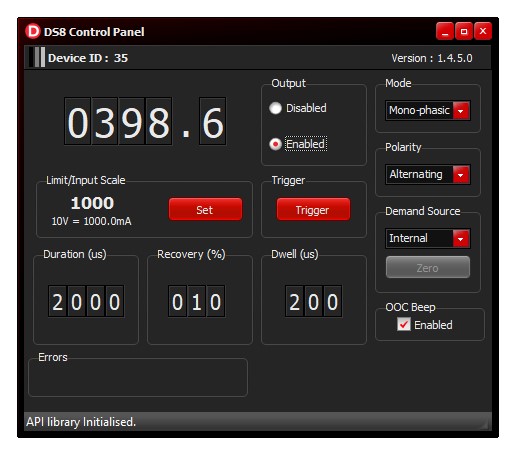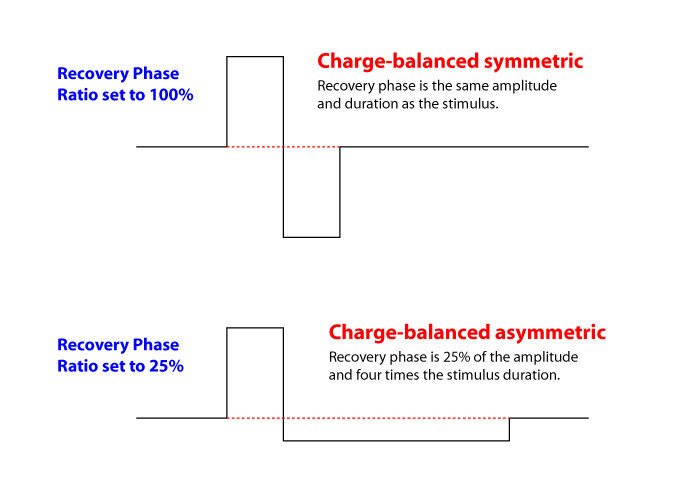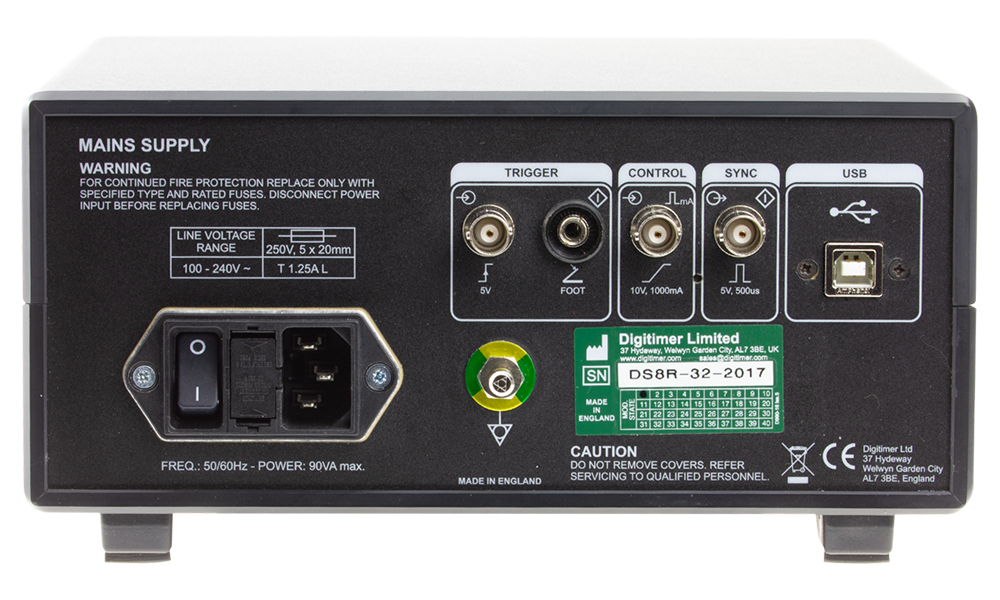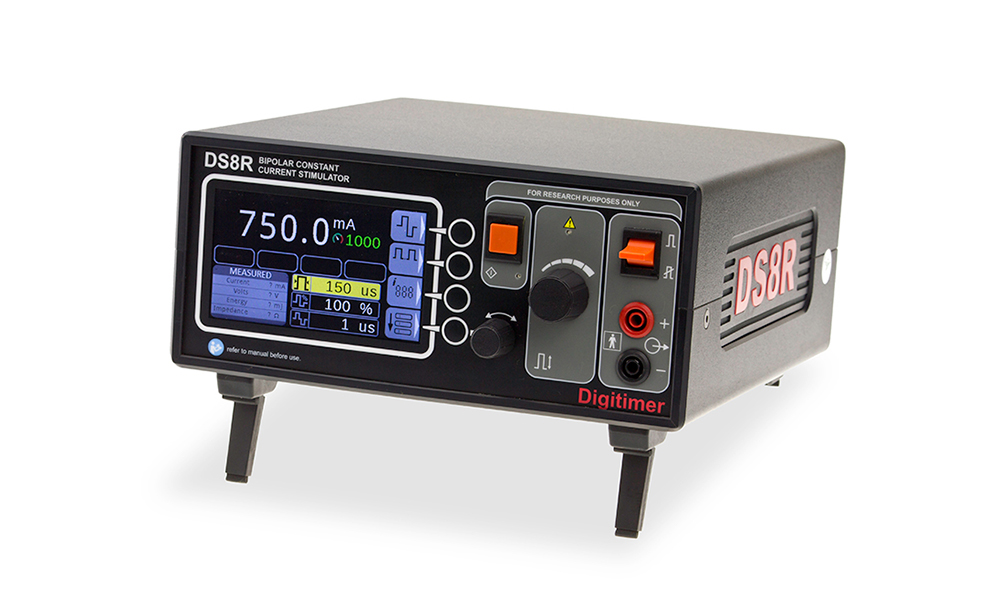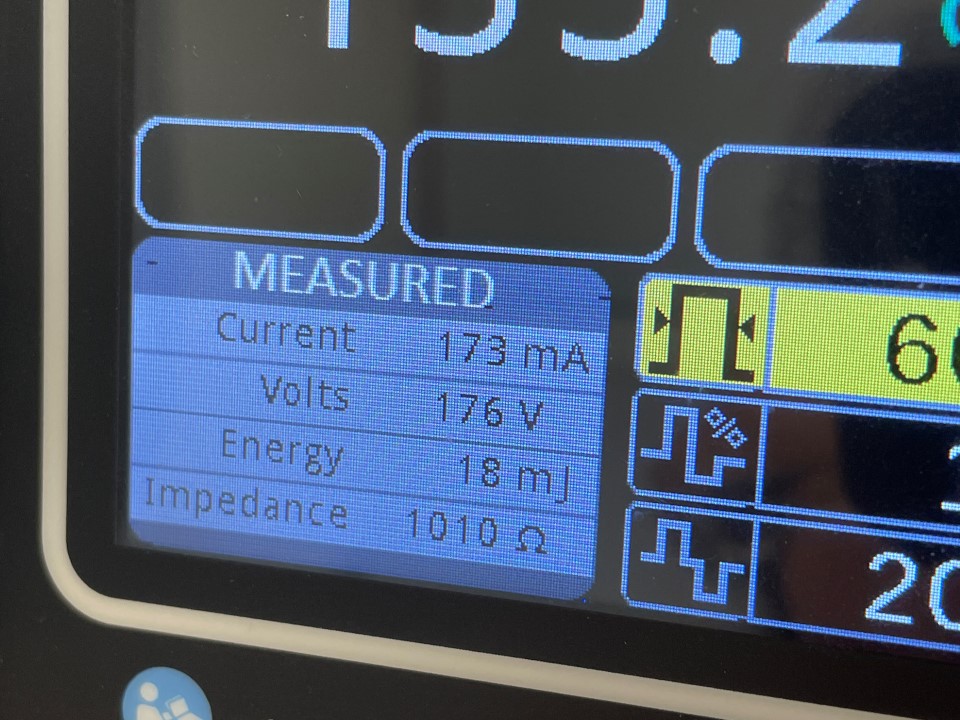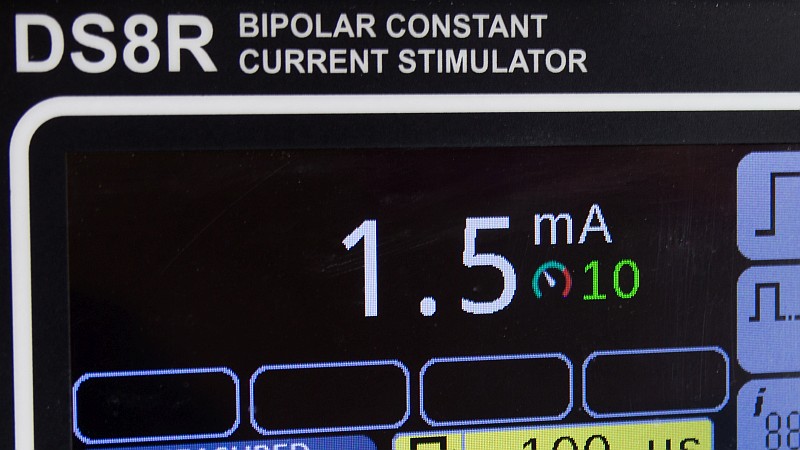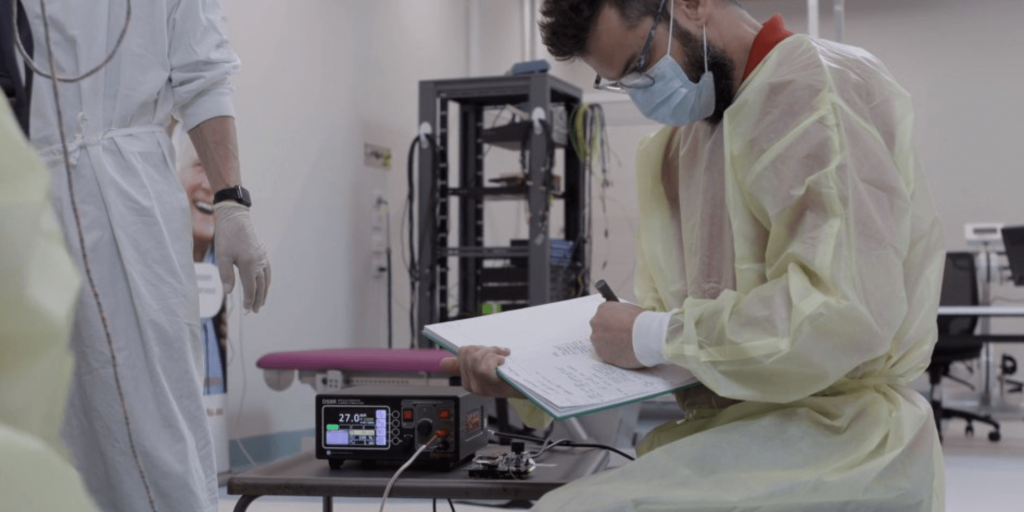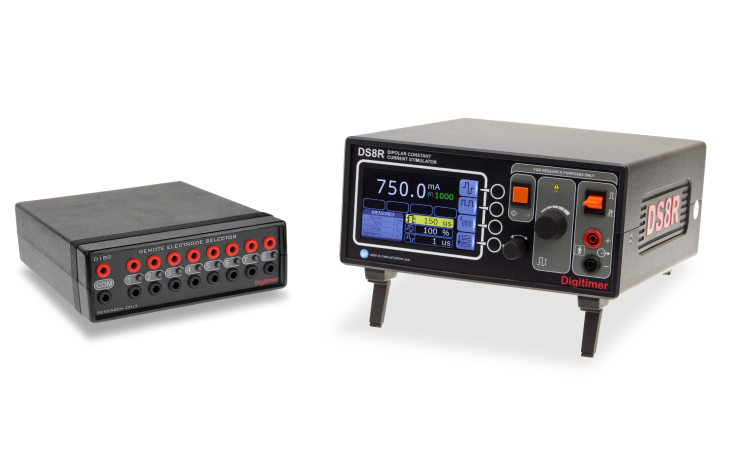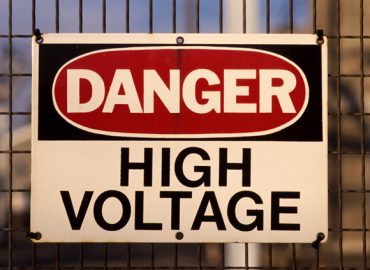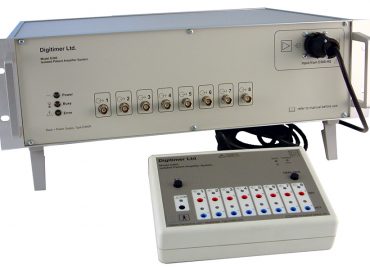Enhance Your Human Research Capabilities
10 Reasons to Upgrade to the Digitimer DS8R Research Stimulator
First launched in 2016, the Digitimer DS8R is the most advanced human research stimulator we have ever developed and provides an array of new features designed to enhance the capabilities of researchers employing electrical stimulation in humans. The Digitimer DS7A and DS7AH HV constant current stimulators have become the “gold standard” device in many psychology, human neurophysiology, and sports physiology labs, but our users are now seeing the potential benefits of upgrading to the DS8R.
Here, we summarise some of the key features of the DS8R in order to illustrate the advantages it offers over our other isolated stimulators like the DS7A.
1. Virtual front panel PC software and API allows for software control of stimulation parameters
The DS8R is supplied with Windows-compatible virtual front panel software, which allows the user to make adjustments to the stimulation settings, enable and disable the output or even trigger stimulation using a mouse click.
More importantly, our virtual front panel software incorporates a simple API that can be accessed by third-party programs such as Matlab, Python or Cambridge Electronic Design (CED) Spike2/Signal. This software integration means that stimulation protocols can be delivered and modified on-the-fly, with no requirement for the user to pause data collection in order to make manual adjustments to stimulation settings.
Software control of the DS8R also means that electrical stimulation protocols can be randomized, delivered blind/double-blind or adjusted as part of a closed-loop feedback system.
2. Options for truly biphasic stimulation pulses, including a charge-balanced asymmetric “recovery” phase
Biphasic stimulation has advantages for long-term stimulation protocols, as it prevents polarisation of electrodes and the tissues underlying them. Polarisation of electrodes can lead to electrolytic cell damage or movement of metal ions into the skin, which can cause irritation and soreness in a subject. Our DS7A and DS7AH stimulators provide an option to reverse stimulation polarity with each stimulus, but as this feature relies on mechanical relays, the stimulation frequency is limited to <100Hz in this mode. With the DS8R we introduce truly biphasic stimulation, where a single trigger command results in a biphasic stimulus waveform.
Also, unlike the alternating polarity option of the DS7 family, biphasic pulses from the DS8R do not need to be symmetrical. As a result, it is possible to deliver a stimulus phase followed by a lower amplitude, but longer, recovery phase. This prevents any net charge movement during biphasic stimulation.
There is also some evidence that a biphasic stimulus results in a smaller stimulus artifact which can help researchers who are interested in short-latency responses.
3. External drive input allows an external DC voltage level to determine pulse amplitude
The DS8R’s USB connection provides control of all stimulator settings, but if you only need to control stimulus amplitude from a remote source, the external drive input provides a very simple way to set the current via an analogue voltage level applied through a BNC connector on the rear of the stimulator.
Variations in the voltage level are reflected in the current amplitude display on the front panel of the DS8R. Each time the DS8R receives a valid trigger, the DS8R will deliver a stimulus at the current determined by the voltage at the external drive input.
4. Current amplitude adjustable from 0 to 1000mA in 100µA steps
The DS7A and DS7AH stimulators use a mechanical dial to adjust stimulation intensity, however, the DS8R uses a digital encoder that allows precise 100µA increments in current from zero to the maximum value of 1000mA. The current amplitude is clearly visible at a distance, making it less likely that values are incorrectly set.
5. Pulse duration adjustable from 50µs to 2000µs in 10µs steps
With the DS7A, pulse duration settings are restricted to 50µs, 100µs, 200µs, 500µs, 1000µs and 2000µs. For the higher powered DS7AH, and to comply with medical device requirements, options are reduced to 50µs, 100µs, 200µs. The DS8R operates over the same pulse duration range as the DS7A, but introduces 10µs increments to provide users with greater versatility in experimental design.
6. Measured stimulation parameters displayed on the front panel display
The DS8R features a panel on the display that shows the user various parameters related to the last stimulus delivered. These include the current amplitude, volts delivered, pulse energy, and impedance. As with the DS7 family, the DS8R will also alert the user if the stimulator is unable to deliver the requested current, but these parameters allow a user to quickly assess whether the electrode impedance is too high and potentially risking an “out of compliance” incident.
7. Pulse energy limited to 300mJ for human research demands
In order to comply with medical device standards for evoked potential stimulators, the DS7A and DS7AH are limited to a pulse energy maximum of 50mJ. However, as the DS8R is intended for more demanding human research applications, we have elevated the maximum to 300mJ, which is still in compliance with the energy maximum for therapeutic electrical stimulators. This means that unlike the DS7AH, the DS8R can deliver stimulus pulses of amplitudes in excess of 100mA and durations longer than 200µs, as long as the 300mJ limit is not reached. The image opposite shows how the stimulator shuts down the output when an “over-energy” event is likely to occur
8. Current amplitude limit for added safety
Digital control of the current amplitude has allowed us to implement a safety feature that permits the user to restrict the current to any value above 10mA. Because the DS8R has the capability to deliver up to 1A to a subject, this feature makes it far less likely that a stimulus of excessive amplitude is given to a human volunteer.
The limit is simply engaged by dialing the amplitude to the required limit and then pressing the amplitude knob for a few seconds until the DS8R beeps and the new limit is shown on the display. The amplitude limit operates across all methods of control, including manual, software and external drive.
In the image opposite, the limit has been set to 10mA, making it impossible to exceed this current until the limit is disengaged.
9. Optional firmware for higher frequency stimulation up to 10kHz
Our medical and human research stimulators are typically limited to a maximum stimulus frequency of 1000Hz and in this respect the standard DS8R is no different. However, in order to meet the requirement of users that want to deliver stimulation at higher frequencies, for instance in spinal cord injury research, we have developed a special “high-frequency firmware” that allows the DS8R to be triggered at up to 10kHz. This optional firmware has proved particularly popular amongst researchers investigating the neuromodulatory effects of Russian stimulation protocols and it is being employed as part of an international clinical trial examining the effect of transcutaneous spinal cord stimulation on spinal cord injury rehabilitation.
10. A convenient upgrade path for existing Digitimer DS7A/AH users
Although the DS8R introduces a lot of new features, one of the most important characteristics of the DS8R is its similarity to the DS7 family of stimulators. This means that users of the DS7A/DS7AH can very rapidly transition to the DS8R without a steep learning curve.
As with the DS7A and DS7AH, the DS8R is perfectly suited to standalone use but its advanced features ensure it can provide a future-proof stimulation solution for research projects you haven’t yet considered. For instance, D188 Remote Electrode Selector and DS8R (pictured opposite), can combine as a multi-site stimulator, all under the control of standard DAQ hardware and software.
If you would like to find out more about the DS8R stimulator, please don’t hesitate to contact Digitimer or one of our partners. We would be delighted to assist with your equipment and application requirements.
